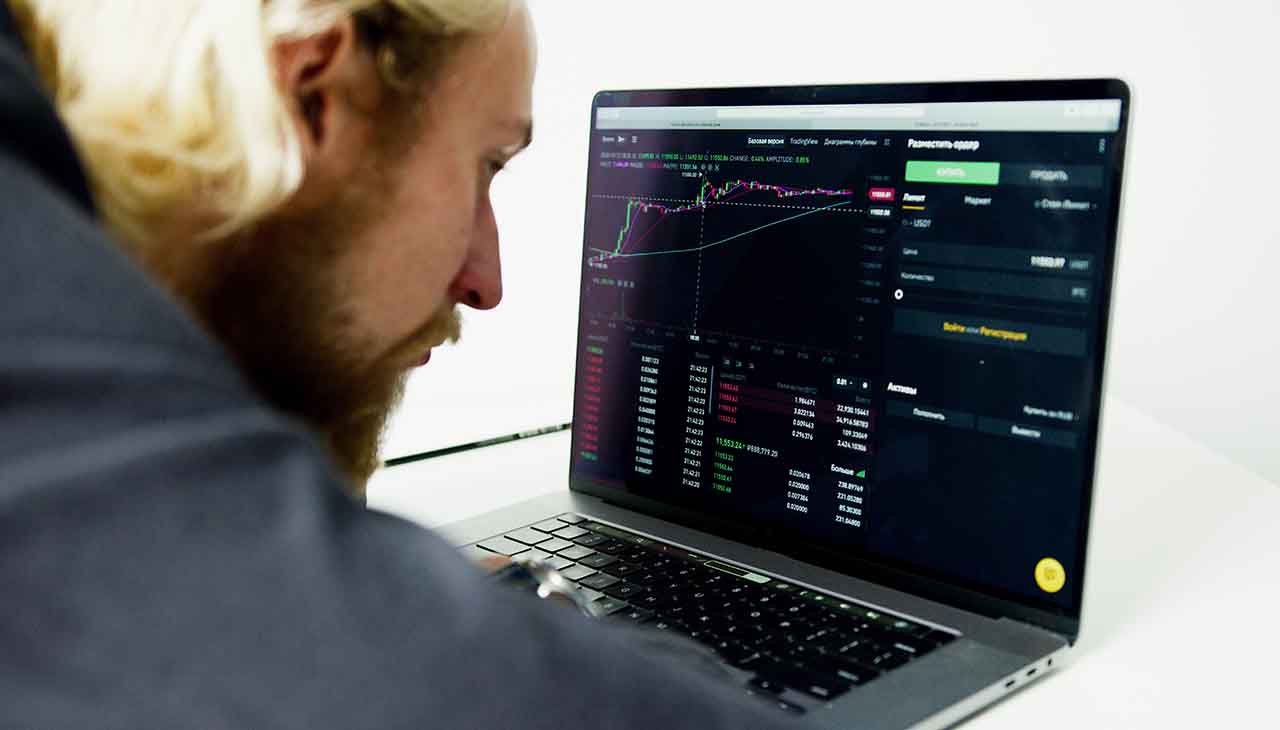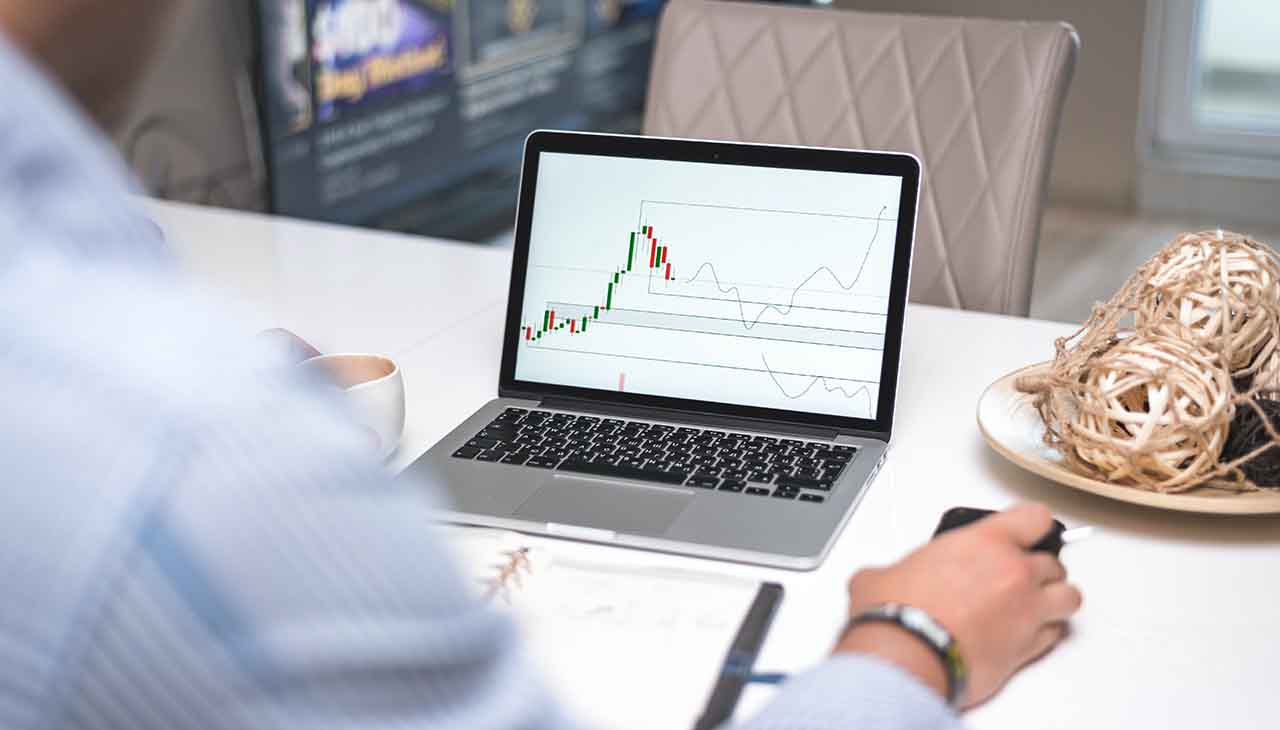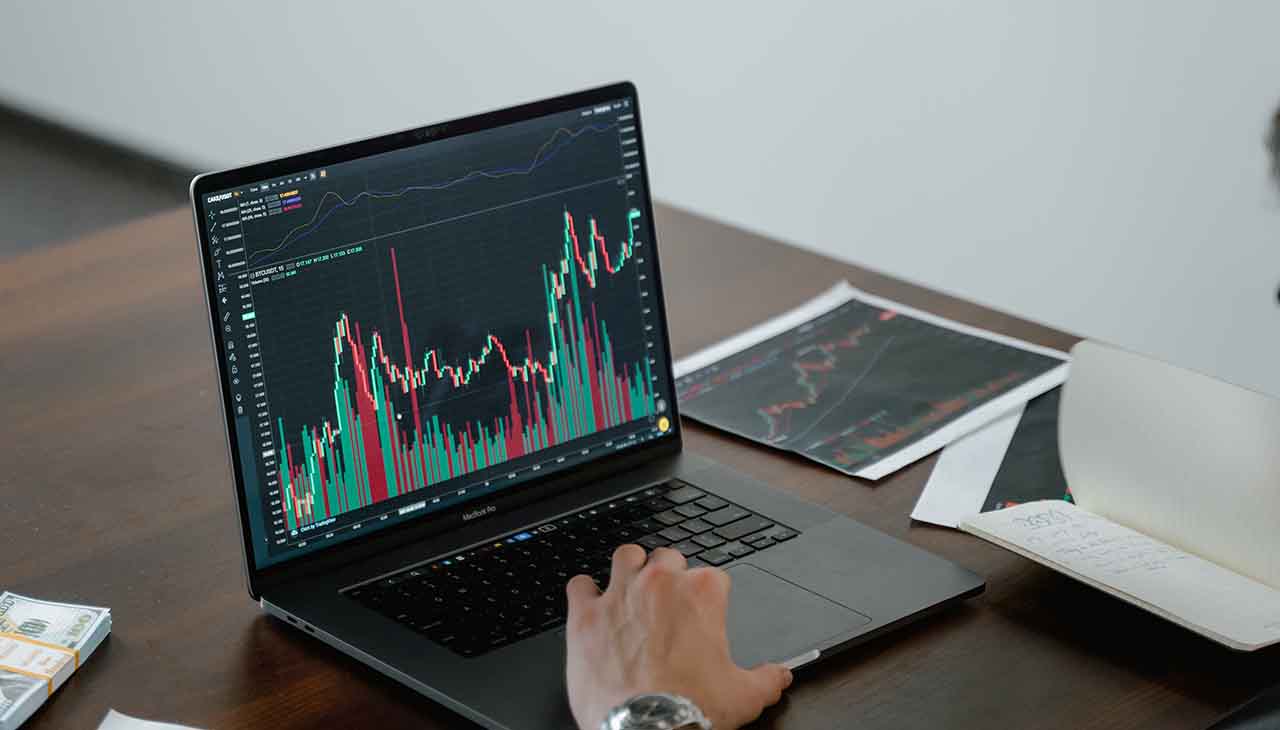Backtesting is a crucial step in developing and refining a forex trading strategy. It involves testing a trading strategy on historical data to see how it would have performed under different market conditions. Backtesting allows traders to validate and optimize their trading approach, identify potential weaknesses, and make necessary adjustments before executing trades in live markets.
In this article, we’ll discuss the importance of backtesting in forex trading, how to conduct backtesting, and some tips for optimizing your trading approach based on backtesting results. Whether you’re a beginner or an experienced trader, understanding the process of backtesting can help you master the best forex strategy.
How to Conduct Backtesting
To conduct backtesting for your forex trading strategy, follow these steps:
- Choose a trading platform and backtesting software: Select a trading platform that offers a built-in backtesting feature or find a third-party backtesting software that is compatible with your trading platform.
- Gather historical data: Collect historical price data for the currency pairs you want to test your strategy on. The data should cover a significant period to provide accurate results.
- Define trading strategy and parameters: Based on your trading approach, define the entry and exit points, stop loss, take profit, and other parameters that are relevant to your strategy.
- Run backtest and analyze results: Use the backtesting software to run simulations using the historical data and evaluate the performance of your strategy. Analyze the results and identify areas for improvement in the trading approach.
It’s important to note that backtesting is not a guarantee of future performance. However, it can provide valuable insights into the strengths and weaknesses of your trading approach, and help you make more informed decisions in live markets.
Tips for Optimizing Trading Approach Based on Backtesting Results
Here are some tips for optimizing your trading approach based on backtesting results:
- Identify weaknesses and make necessary adjustments: Analyze the results of your backtesting to identify any weaknesses in your strategy. Look for patterns or trends that may be causing losses and adjust your approach accordingly.
- Test different variations of the strategy: Use backtesting to test different variations of your strategy. For example, you could test different entry and exit points, stop loss levels, or take profit targets to see how they affect performance.
- Incorporate risk management techniques: Backtesting can help you identify the optimal risk management techniques for your strategy. Consider using techniques like position sizing, diversification, and stop-loss orders to minimize losses and maximize profits.
- Stay updated with market conditions and adjust strategy accordingly: Market conditions can change quickly, and it’s important to adjust your strategy accordingly. Use backtesting to test your approach under different market conditions and stay up to date with news and events that can affect currency prices.
By using these tips, you can use backtesting to optimize your trading approach and improve your chances of success in live forex markets.
Common Mistakes to Avoid
When conducting backtesting for your forex trading strategy, there are several common mistakes that you should avoid:
- Overfitting strategies to historical data: It’s important to ensure that your trading strategy is not overfitted to historical data. This happens when a strategy is optimized to perform well on specific historical data, but may not perform as well in live markets. To avoid this, test your strategy on different periods and market conditions.
- Failing to account for transaction costs: Transaction costs, such as spreads and commissions, can have a significant impact on your trading performance. When backtesting, make sure to include transaction costs in your simulations to get a more accurate representation of your strategy’s performance.
- Ignoring the importance of risk management: Risk management is a crucial aspect of forex trading and should be incorporated into your strategy. When backtesting, make sure to test the performance of your strategy under different risk management techniques, such as position sizing and stop loss orders.
By avoiding these common mistakes, you can conduct more accurate and reliable backtesting to improve your trading approach.
Conclusion
In conclusion, backtesting is an essential tool for forex traders who want to validate and optimize their trading approach. By testing your strategy on historical data, you can identify weaknesses, adjust parameters, and improve your performance in live markets.
When conducting backtesting, it’s important to choose a reliable trading platform and software, gather accurate historical data, define your strategy and parameters, and analyze the results carefully. You should also test different variations of your strategy, incorporate risk management techniques, and stay up to date with market conditions.
While backtesting is not a guarantee of future performance, it can provide valuable insights into the strengths and weaknesses of your trading approach. By using the tips outlined in this article, you can use backtesting to improve your approach and increase your chances of success in forex trading.


